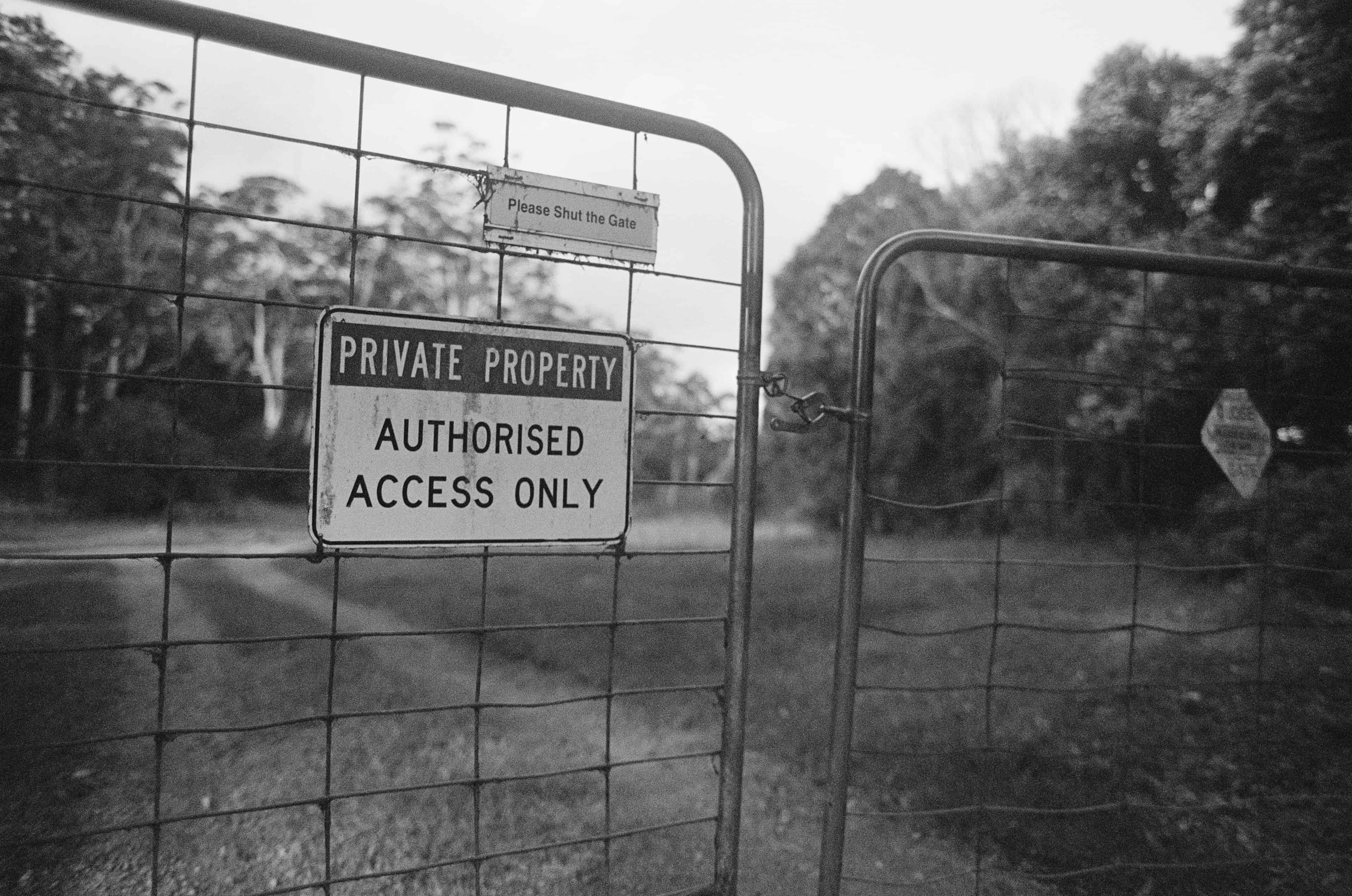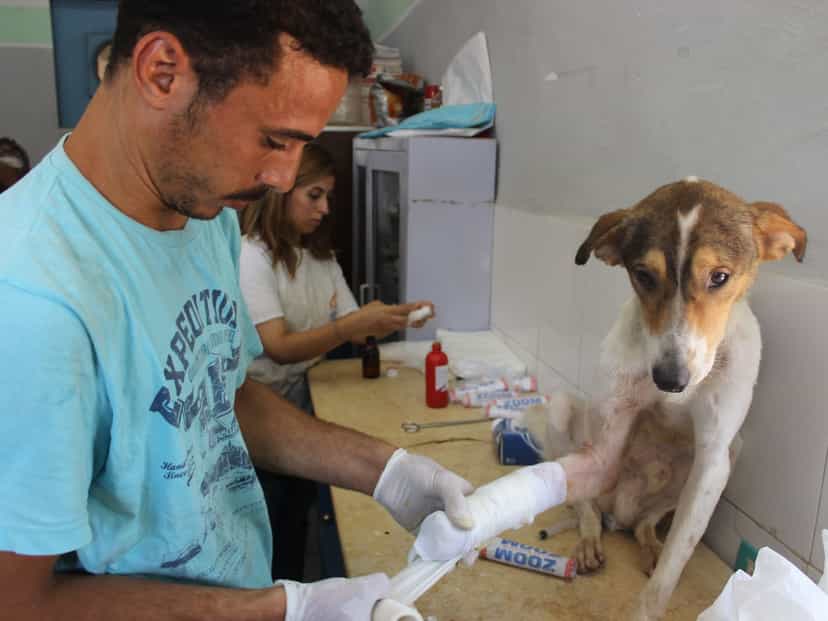
The 'Dangerous Dogs Act' has great potential to divide opinion and is considered highly controversial. Do you understand the legislation surrounding dangerous breeds?

The Dangerous Dogs Act and Breed Specific Legislation are both very, very controversial topics that have caused many a debate.
Scotland and Northern Ireland have some self-government and their Dangerous Dog laws differ slightly than those in England and Wales, but they are all common in that certain breeds are singled out.
Scotland is governed by Control of Dogs (Scotland) Act 2010.
Northern Ireland is governed by Dogs (Northern Ireland) Order 1983, as amended by Dangerous Dogs (Northern Ireland) Order 1991 and Dogs (Amendment) Act (Northern Ireland) 2011.
DANGEROUS DOGS ACT 1991 (AMENDED IN 1997 & 2014).
I started writing this blog on Monday 15th June and as I am typing the words, it is thundering. Rain is pouring down and the room is growing ever darker as the minutes tick by.
I feel this is a very eery atmosphere to be writing about what is a widely controversial, and most referred to as an unfair, prejudiced and most poorly constructed piece of legislation ever made.
We mainly deal with Section One and Section Three of the Dangerous Dogs Act, so I will try to explain what each one means.
Until 1991, the only legislation that covered dangerous dogs was Dogs Act 1971. Due to there being many high-profile dog on human attacks, Dangerous Dogs Act 1991 was introduced.
This is a criminal liability act and attempts to deal with the issue of dangerous dogs in four ways:
- Banning the possession of some named breeds. - Imposing restrictions on other dogs that are not the ‘named breeds’ but are believed to be dangerous. - Penalties for owners of dogs that are deemed as ‘dangerously out of control’ in a public place. Public places now include cars. - Penalties for owners or those in charge of a dog that allow said dog to injure somebody on private property. Private property is a residence, dwelling, HM Forces Accommodation and all private property.
DANGEROUS DOGS ACT
Section One Section One refers to banned breeds and is most referred to as Breed Specific Legislation (BSL).
It specifically prohibits the ownership of the below breeds:
- Pit Bull Terrier - Japanese Tosa - Dogo Argentino - Fila Braziliero
A person may not buy, sell, exchange, gift, abandon, allow to stray, breed from, or advertise any of these dogs. A breach is a criminal offence.
It also specifies that you cannot allow these dogs into a public place without being muzzled and kept on a lead. As cars are now seen as a public place, the same rule applies if the dog is in a car.
This legislation also specifies that a person cannot have any of these dogs in their custody unless they have been seized and are awaiting court or have been through court and are on the register of exempted dogs.
The same rules apply to people of the law who enforce the legislation.
WHAT IS THE INDEX OF EXEMPTED DOGS?
The index of exempted dogs is a register of banned breeds that have undergone a strict procedural process and where their owners adhere to given conditions in order to be able to keep the dog.
This originally came to fruition when the original act was passed as law to allow people who already owned the dogs that fell under the now BSL to legally register their dog. The dog could remain at home during the process and this was known as ‘Owner Led Registration’.
Providing owners adhered to the given conditions and restrictions placed upon the dog such as microchipping them or tattooing them, neutering them, insuring them, and ensuring they are kept under control, they could legally keep them.
IF A DOG IS PLACED ON THE INDEX OF EXEMPTED DOGS, WHAT ARE THE CONDITIONS THAT THEY MUST ADHERE TO WHEN RETURNING HOME?
- They must be Microchipped or Tattooed. - They must be neutered. - They must be insured. - They must always be kept under control i.e. remain muzzled & leashed in public places inclusive of cars.
HOW ARE DOGS DETERMINED TO BE OF A ‘TYPE’?
The Pit Bull Terrier is the most common ‘type’ that is seized under this legislation. There is currently no standard for the remaining three banned breeds so to bring a case against the owner of a Japanese Tosa, Dogo Argentino or Fila Braziliero the courts would require the definition of a standard to adhere to in order to determine type for these breeds.
Due to the Pit Bull Terrier not being a recognised breed in the United Kingdom, the law states that it is a criminal offence to own a dog that is “of type known as the Pit Bull Terrier”.
The High Court made a statement that a dog can be of the “of type known as the Pit Bull Terrier” regardless of its parentage.
Type is determined using an ‘out of 100’ point scoring system which looks for ‘substantial traits’. Most of these points are based on the dogs build and morphology, but 10 points are determined by behaviour and attitude.
If the dog has more characteristics of the American Pit Bull Terrier Type than it does of another specific breed (i.e. APBT Versus Other Specific Breed) then it is possible that the court will find the dog to be of Pit Bull Terrier Type and therefore ‘inherently’ dangerous.
This is highly controversial because some of the points are based on the dogs build and muscle tone, which is open to interpretation as many breeds can have a muscular build!
Another controversial point is that how a person assesses a dog is variable. People do not always see things the same way, therefore multiple people individuals can score the same dog differently!

THE POWERS TO SEIZE A DOG UNDER THIS LEGISLATION
A dog does not have to be behaving badly to be seized. Under this legislation, a dog can be seized based on physical appearance alone.
If a dog is in a public place and appears to be of Pit Bull Terrier ‘type’ then it can be seized without a warrant. Even if it is muzzled and leashed.
If a dog that has been reported to be of Pit Bull Terrier ‘type’ and the police attend your home, they cannot seize the dog without a warrant – unless you invite them into your home. Essentially granting them access without a warrant, and then they see your dog as Pit Bull Terrier ‘type’ they can seize your dog without requiring a warrant under the Criminal Evidence Act.
WHO CAN ORDER THE DESTRUCTION OF A DOG?
The only people who can order the destruction of a dog is the owner and the court.
WHAT IS A ‘CONTINGENT DESTRUCTION ORDER’?
A Contingent Destruction Order is if the owner does not want the dog destroyed and does not give consent.
An application to the court is made for a ‘Destruction Order’. This doesn’t mean the dog will be destroyed, there is an option to put the dog on the Index of Exempted Dogs.
This allows the owner 60 days to complete any application for exemption and to convince the court that they are responsible people, and that the dog does not pose a danger to the public. They can apply for a two-month extension on the 60 days, but only once.
If they do not successfully complete the application within the time frame, or if after successful completion any of the conditions are breached, the dog will be destroyed.
WHAT ARE THE POSSIBLE PENALTIES FOR SECTION ONE OFFENCES?
- The owner will receive a criminal record. - The owner may be fined £5000 - The owner may receive a 6-month prison term. - The owner may be disqualified from keeping a dog for a given time.
DANGEROUS DOGS ACT
Section Three This section refers to all dogs. It tells us that we must not allow a dog to be dangerously out of control in either a public or now with the new amendments, a private place.
If an offence is committed, then both the owner and the person in charge of the dog at the time can be found guilty of the offence.
If while the dog is out of control it injures a person or an assistance dog, this is deemed as very serious and is classed as an Aggravated Offence.

HOW IS ‘DANGEROUSLY OUT OF CONTROL’ DEFINED AND WHAT DOES THIS MEAN IN PRACTICE?
Dangerously out of control is defined as “any occasion on which there are grounds for reasonable apprehension it will injure any person, and assistant dog”
This legislation is relevant to all dog owners and not just to those of a specific breed. Due to the 2014 amendments, responsible ownership also applies to in the home as well as in public places therefore people need to be mindful of how their dog acts around visitors to the home. Dogs displaying over exuberant greetings can be classed as ‘dangerously out of control’, as can excessive barking, lunging or jumping up so it is important that dog owners teach their dog good manners both inside the home and garden, and out of it.
If you are in charge of a dog that is reactive, has potential to be, or you’re unsure of its reactivity it is wise to take sensible precautions to protect not only ourselves but other people and the dogs that we work with, or face possible penalties.
If we are in a dog profession, and we offer a client advice that is not heeded leading to injury by the dog then the owner will be liable, not the ‘trainer’ or person who offered the advice.
However if the professional is working with the dog when injury occurs it is the professional who is liable as the owner deemed the professional a fit and proper person, which the professional agrees to by default when they choose to work in that profession.
HOW CAN WE IDENTIFY AN ASSISTANCE DOG?
An assistance dog is a ‘dog which has been trained to aid a deaf or blind person or certain other specified categories of person with a disability’.
There is not necessarily any way to distinguish an assistance dog from any other dog as their breed and duties are varied, although some will be easily identifiable, others will not.
WHAT DOES ‘REASONABLE APPREHENSION’ IN THE CONTEXT OF SECTION 3 OF THE DDA MEAN?
‘Reasonable Apprehension’ means a dog can be deemed ‘dangerously out of control’ even if no injury occurs, by someone who believes the dog can injure them, there could be grounds for charges.
WHAT WILL THE PERSON COMMITTING SECTION 3 OFFENSES HAVE TO PROVE TO AVOID A DESTRUCTION ORDER BEING PLACED ON THEIR DOG?
The owner would have to prove that they have taken adequate steps to be sure that the incident will not happen again.
WHO CAN BRING A CASE UNDER THE SECTION 2 OF THE DOGS ACT 1871, WHAT WOULD THE POSSIBLE OUTCOMES BE?
A civil case can be brought by anybody under section 2 of the Dogs Act 1871 and a complaint made that the dog is not under control or is dangerous, whether a dog has injured a person or not.
The outcome is usull more lenient as this is a civil case. The outcomes would usually involve the dog wearing a muzzle and lead, or exclusion from certain areas in order to keep a dog under proper control. If the dog was male the court may order that he be neutered.
WHAT WOULD THE POSSIBLE PENALTIES BE FOR AN OFFENCE COMMITTED UNDER SECTION 3 OF THE DDA WHERE A PERSON IS INJURED BY A DOG?
Aggravated offenses are often seen as much more serious and carry the following penalties:
- Up to 5 years imprisonment if a person is injured - Up to 3 years imprisonment is an assistant dog is injured - A control order placed on the dog - Destruction of the dog - Disqualification from owning an animal for a given time.
WHAT IS A CONTROL ORDER AND HOW DOES IT WORK?
A control order legally imposes restrictions and rules on a case to ensure safety. They are generally tailored to fit the specific needs of an individual and can range from muzzling the dog, keeping the dog on a lead in public places which includes cars, not allowing the dog to be under the control of a minor, microchipping and possibly neutering.
WHAT IS THE HOUSEHOLDER CASE?
The householder case is the exemption from prosecution under section 3 where a householder’s dog has been dangerously out of control with regards to a trespasser that is in or entering the home, whether the owner is present at the time or not.
The reason it does not extend to the garden, outbuildings or driveway is to protect postmen and neighbours. However, if someone trespasses into our home the defence is that there was clearly malign intention.
HOW DOES THE LAW IN NORTHERN IRELAND DIFFER TO THAT OF THE UK?
It differs in that there is no specific definition in Northern Ireland of a ‘public’ or ‘private’ place, but a dog must be kept on a lead in certain pedestrian zones and on any land where livestock are present. Under NI legislation the owner of a dog that behaves dangerously may be prosecuted and the dog seized by a warden. It is then up to the courts to decide if the dog is a danger to the public and should be destroyed.
I hope you find this blog informative and useful! I think it’s important we know this information as dog owners, certainly what can be deemed as ‘out of control’ and where - especially if you have a reactive dog.


